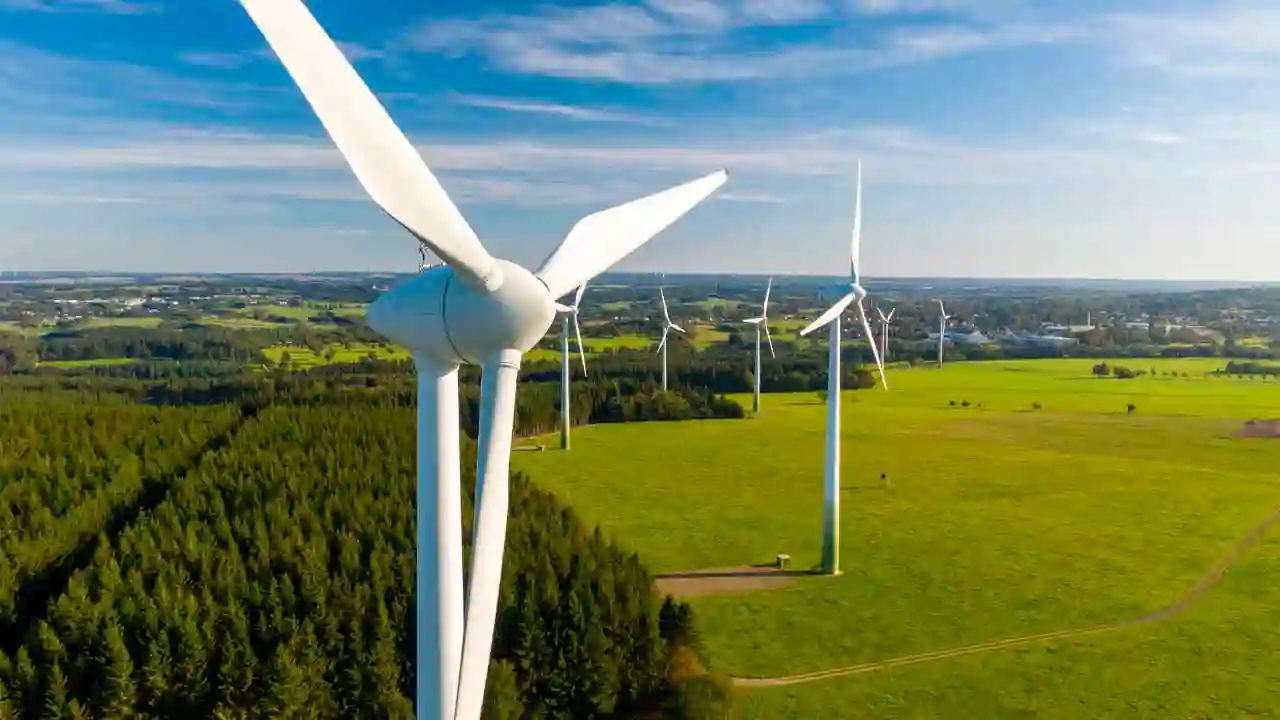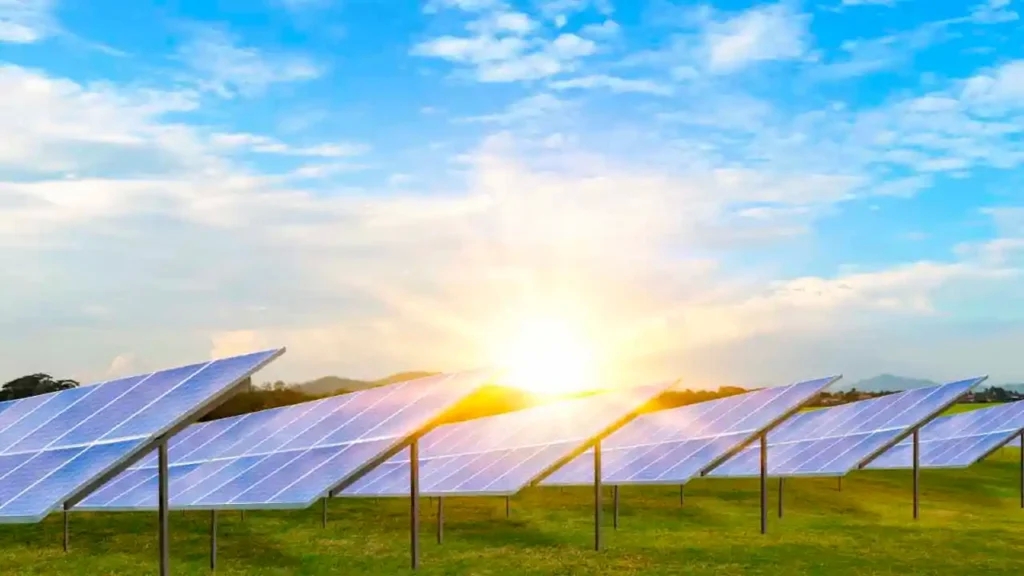Investing in renewable energies: how to make money while taking care of the planet

Savers who opt for investing in renewable energies multiply their wealth while helping to preserve the environment
Who said that making a profit is incompatible with protecting the planet? Economic profit is perfectly compatible with environmental benefit. And people who opt for investing in renewable energies such as wind, solar and hydro are well aware of this.
Spanish energy demand has fallen slightly compared with data from the beginning of the century. However, renewable energies are following their path and are growing steadily. In fact, in 2022, they set a very significant record.
According to the Energy Transition Investment Trends report, prepared by BloombergNEF, investment in renewable energies worldwide amounted to 495 billion dollars. A growth of 17% compared to the previous year's figures. And a clear sign of society's growing support for sustainable and clean energy sources.
Many people choose to invest in projects related to infrastructure construction to extract and distribute energy. Others, on the other hand, prefer to financially support companies belonging to this sector or firms with good practices committed to using these energy sources.
Whether directly or indirectly, these savers are maximizing the benefits of their investment, generating a positive impact on the planet. But what does investing in renewable energies consist of?
What are renewable energies?
Sunlight, water and wind are inexhaustible resources. No matter how much they are used to generate energy, their reserves do not run out. They are natural and clean sources constantly renewed without emitting greenhouse gases or polluting their environment.
By contrast, oil, coal or natural gas are consumed quickly, and it takes thousands of years for their reserves to be renewed, so they are considered non-renewable energy sources. In addition, fossil fuels produce harmful environmental emissions, such as carbon dioxide.
In the past, investing in renewable energy was not commonplace. Although sunlight, wind and water were on this planet before us, the price of the technological infrastructure required to create energy from these resources was very high. Consequently, the share of energy from these sources was marginal.
But this infrastructure is becoming increasingly affordable, even for ordinary citizens. It is not uncommon, for example, for many homes to have their solar panel. And it is this drop in prices, coupled with a greater awareness of sustainability on the part of society, that is leading to the development of projects aimed at squeezing the potential of natural resources that, apart from being free, are sustainable.
So what are the main types of renewable energies? There are different types depending on the natural resource from which they benefit:
- Wind energy: it harnesses the power of the wind.
- Photovoltaic solar energy: it uses sunlight.
- Solar thermal energy: it uses the sun's heat.
- Hydropower: it harnesses the movement of water.
- Tidal power: it harnesses ocean tides.
- Geothermal energy: it harnesses the heat of the Earth's interior.
Also, if we talk about investing in renewable energies, it is essential to mention biomass, which uses organic matter to produce energy, and biofuels, created from waste and other organic sources.

Getting started in renewable energy investment
As we have seen above, there are many ways when investing in renewable energies. There are myriad of mechanisms available to savers who wish to inject their capital into projects based on both the generation and use of these energy sources.
To begin with, renewable energies have carved a niche in traditional investment mechanisms. A glance at the stock market is enough to see this. The number of companies focusing on these energies is growing all the time.
Many investors wish to avoid turning their backs on the environment despite prioritizing economic profit. Buying shares in these companies is a simple way of supporting their activities and promoting the energy transition. This investor profile can also research which companies are committed to sustainability and clean energy and inject capital into them. However, this requires more intensive and in-depth analysis.
Investment funds are another effective collective investment mechanism for investing in renewable energies. Managed by a manager, funds pool the contributions of many individuals and invest them in different products, distributing the profits according to their contributions. Some specialize by sector, so depositing capital in a fund that focuses on investing in renewable energies is possible.
On the other hand, there are green bonds, an instrument not so well known but of great interest to all savers interested in the environment who opt for investing in renewable energies.
These are debt securities issued by public or private organizations that plan to finance sustainable and socially responsible projects, such as those related to renewable energies, clean transportation or energy efficiency. Being fixed-income, they offer many security guarantees, and their low level of risk attracts multiple investors.
What about alternative financing?
It is not only possible to start investing in renewable energies through traditional channels. Due to its nature, this sector fits perfectly into ethical investment and alternative financing mechanisms.
Through crowdfunding, citizens donate to projects they want to see take off. This support can be given for different reasons, such as direct personal involvement or the belief that they can positively impact the environment. It is not for profit, and the beneficiary entity is not obliged to return the money to the contributors, although it may reward them with gifts or a small equity stake.
Crowdlending, on the other hand, involves a return of the original amount by the company, which is coupled with an interest, where the benefit to investors lies. Although it is not a donation and its mechanism resembles that of bank loans, it can still incorporate a strong ethical and sustainable component, especially if the initiatives chosen are related to renewable energies.
Finally, there is crowdfactoring. Through online alternative financing platforms like Inversa Invoice Market, savers can finance companies' outstanding invoices. As with the other methods, if the business produces or uses clean energy sources, it would be considered a renewable energy investment.
The great attraction of the platform developed by Inversa is that investors receive the corresponding interest as soon as the transaction is confirmed. In addition, these products work short-term so that the saver will recover the original sum within a few months. And all invoices are audited and analyzed to communicate to users registered on the platform the level of risk involved in financing them.
Investing in renewable energies is more than financing a solar panel construction project. By supporting companies committed to using clean energy, you are also contributing to creating a more environmentally friendly world.o
Si quieres contribuir en el blog de Inversa como experto hazte socio del conocimiento.



